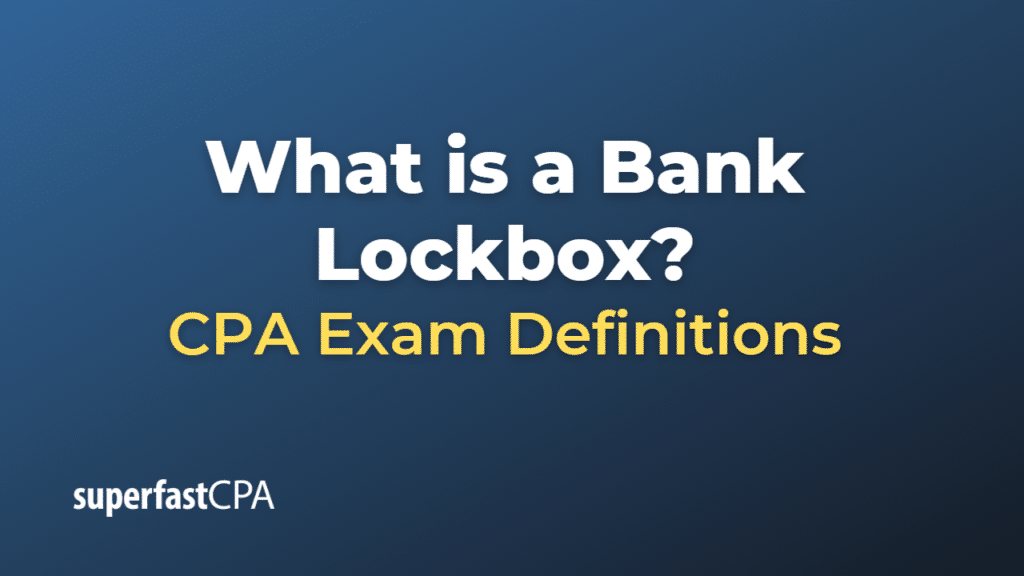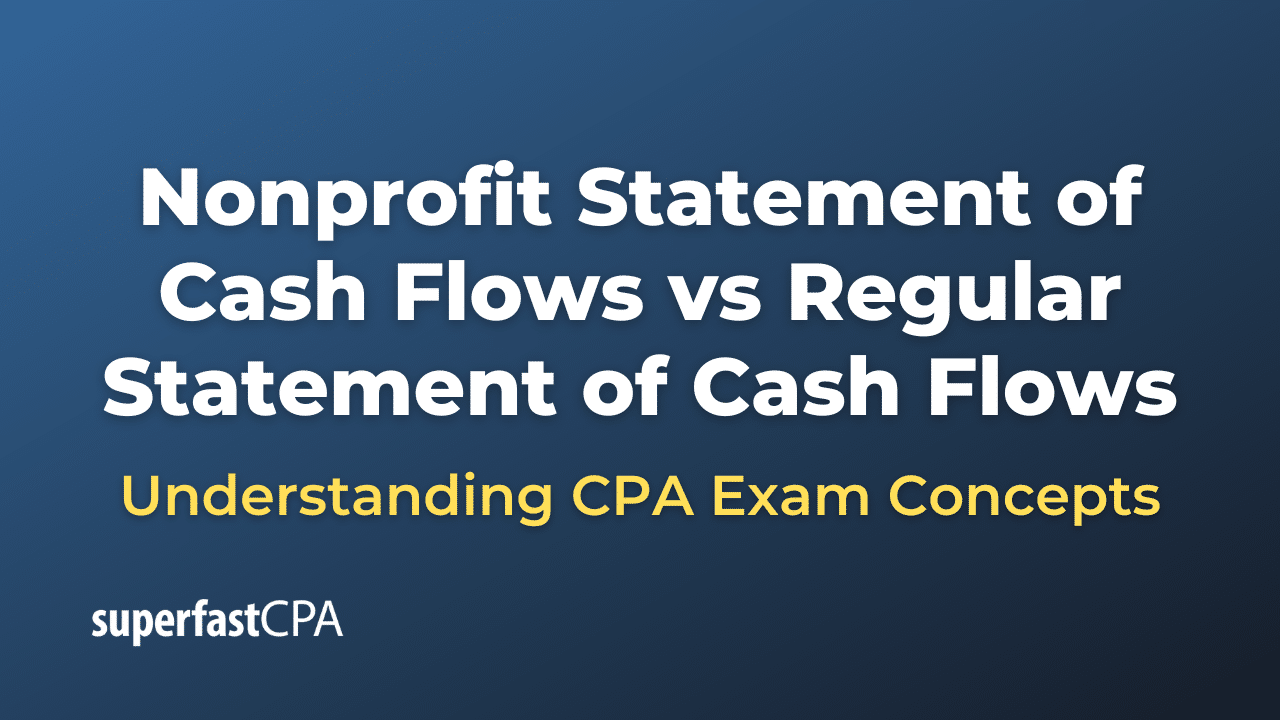Bank Lockbox
A bank lockbox is a service provided by banks to help businesses streamline their accounts receivable process and improve the efficiency of collecting payments from customers. A lockbox is essentially a designated post office box that is managed by the bank or its agents. Customers send their payments directly to the lockbox address, and the bank collects, processes, and deposits the funds into the business’s account on their behalf.
The main benefits of using a bank lockbox service include:
- Faster processing and deposit of payments: Banks can typically process and deposit funds more quickly than businesses can internally, which helps reduce the time between receiving a payment and having the funds available in the business’s account.
- Improved cash flow management: By accelerating the payment collection and deposit process, lockbox services can help businesses maintain a more consistent cash flow, making it easier to manage their finances and plan for future expenses.
- Reduced labor and administrative costs: Businesses can save time and resources by outsourcing payment collection and processing tasks to the bank, freeing up staff to focus on other important aspects of the business.
- Enhanced security and fraud prevention: Banks have established security measures and systems in place to detect and prevent fraudulent transactions, which can help protect businesses from potential financial loss.
- Detailed reporting and reconciliation: Banks typically provide businesses with electronic reports and transaction data, making it easier for businesses to track and reconcile their accounts receivable.
Bank lockbox services are commonly used by businesses with a large volume of customer payments or those that receive payments from various locations. These services can help businesses improve their financial management, save time and resources, and reduce the risk of fraud.
Example of a Bank Lockbox
Let’s consider an example of a company using a bank lockbox service to streamline its accounts receivable process.
Imagine a medium-sized utility company that provides electricity and gas services to thousands of customers across multiple states. Each month, the company sends out bills to its customers, who then mail their payments in the form of checks back to the company. The company needs an efficient way to handle this high volume of incoming payments.
To improve its accounts receivable process, the utility company decides to use a bank lockbox service. They partner with a bank that offers this service and set up designated lockbox addresses in different regions.
Here’s how the process works:
- The utility company updates its billing system to include the new lockbox addresses on the invoices sent to customers, instructing them to mail their payments to the designated address for their region.
- Customers mail their payments (checks) directly to the lockbox address. The bank, or its agent, collects the payments from the lockbox daily.
- The bank processes the checks, deposits the funds into the utility company’s account, and updates the company’s accounts receivable records.
- The bank provides the utility company with detailed electronic reports and transaction data, enabling the company to reconcile its accounts receivable more easily and efficiently.
By using the bank lockbox service, the utility company can streamline its payment collection process, reduce labor and administrative costs, and accelerate the deposit of funds into its account. This leads to improved cash flow management, allowing the company to better plan and allocate its resources.














